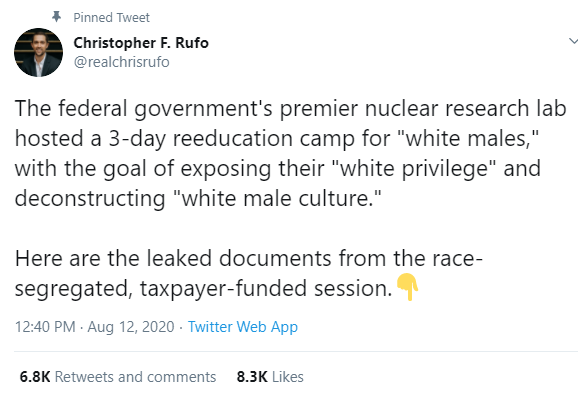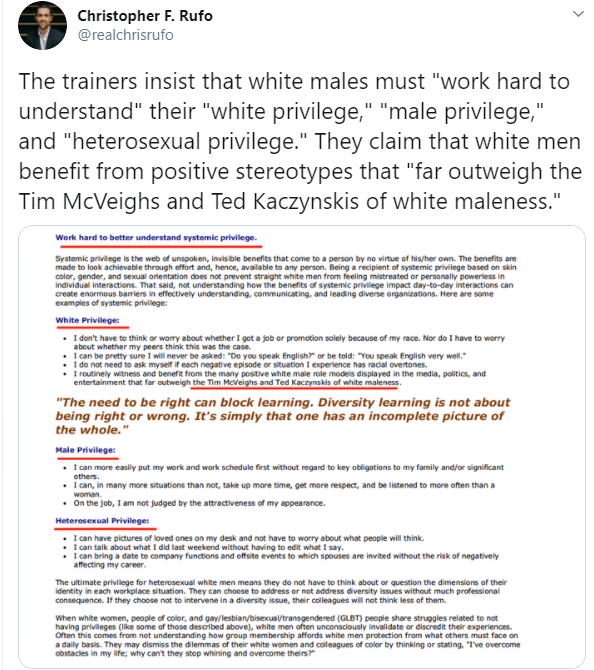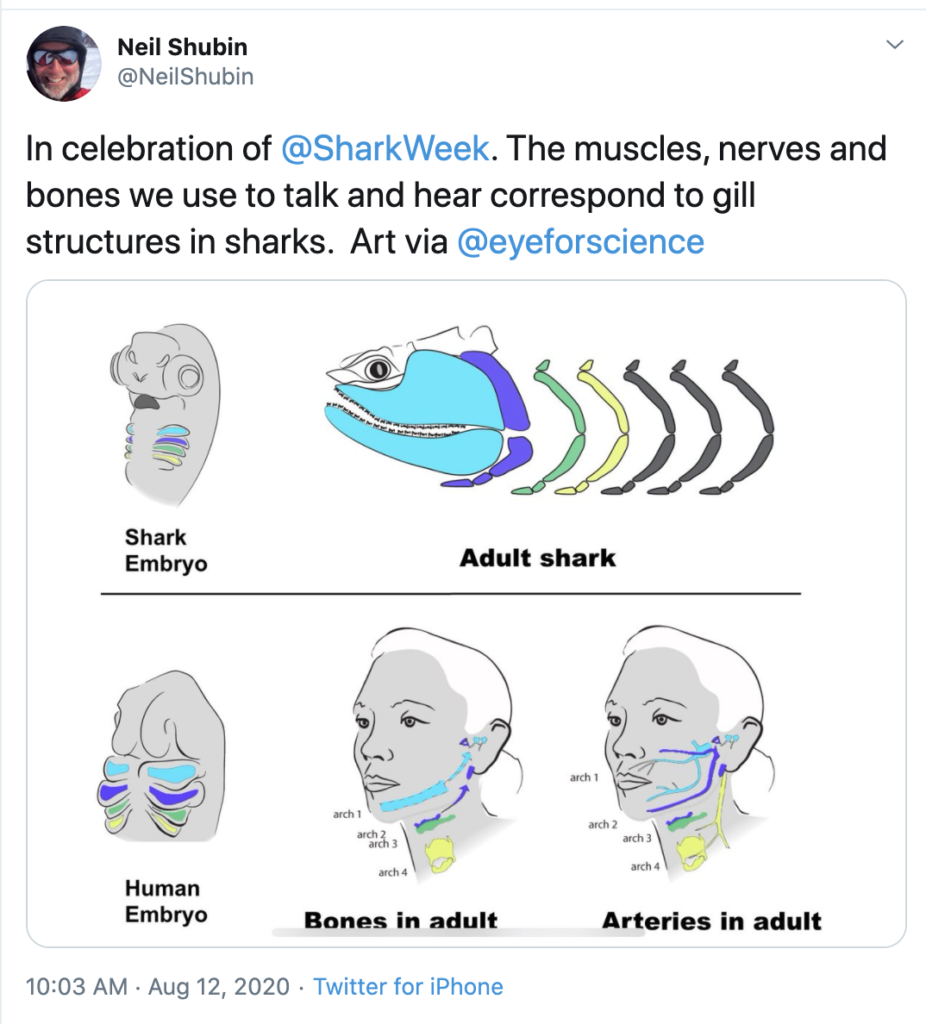Increasingly, when I express my concerns about the sudden dramatic increase in teenaged girls who are declaring themselves to be men trapped in women’s bodies, I receive a rash of ad hominem attacks. For example, I have been accused of being a “conservative,” though I have never affiliated myself with the Republican Party. I have been accused of being anti-trans, which is utterly false. In my view, every adult has the right to do whatever they want to do with their body. I will happily address every adult with whatever pronoun they choose. It is my opinion that all members of the transgender community should all be vigorously protected pursuant to civil rights laws and every other law that applies to every other person.
My concern in writing this article is not about adults. It is about teenagers, especially teenaged girls. Although there appear to be some teenaged girls who are legitimate candidates for transitioning, the recent numbers of girls clamoring for this treatment is extraordinarily and suspiciously high. I also have a personal stake in this controversy. I have friends whose daughters who in various stages of undergoing what might be needless and dangerous medical treatment.
Here are some of the facts that are cause for my concern. These are excerpts from a 2020 article by Abigail Schrier in Quillette titled, “Discovering the Link Between Gender Identity and Peer Contagion”:
In America and across the Western world, adolescents were reporting a sudden spike in gender dysphoria—the medical condition associated with the social designation “transgender.” Between 2016 and 2017, the number of gender surgeries for natal females in the United States quadrupled, with biological women suddenly accounting for—as we have seen—70 percent of all gender surgeries. In 2018, the UK reported a 4,400 percent rise over the previous decade in teenage girls seeking gender treatments. In Canada, Sweden, Finland, and the UK, clinicians and gender therapists began reporting a sudden and dramatic shift in the demographics of those presenting with gender dysphoria—from predominately preschool-aged boys to predominately adolescent girls. . .
In 2016, Lisa Littman, ob-gyn turned public health researcher, and mother of two, was scrolling through social media when she noticed a statistical peculiarity: Several adolescents, most of them girls, from her small town in Rhode Island had come out as transgender—all from within the same friend group. . . . Dr. Littman began preparing a study of her own, gathering data from parents of trans-identifying adolescents who’d had no childhood history of gender dysphoria. . . . She assembled 256 detailed parent reports and analyzed the data. Her results astonished her. Two patterns stood out: First, the clear majority (65 percent) of the adolescent girls who had discovered transgender identity in adolescence—“out of the blue”—had done so after a period of prolonged social-media immersion. Second, the prevalence of transgender identification within some of the girls’ friend groups was, on average, more than 70 times the expected rate.
Many of the adolescent girls suddenly identifying as transgender seemed to be caught in a “craze”—a cultural enthusiasm that spreads like a virus. “Craze” is a technical term in sociology, not a pejorative, and that is how I use it here. (Dr. Littman never does.) It applies to Hula-Hoops and Pokémon and all sorts of cultural fads. If this sudden spike in transgender identification among adolescent girls is a peer contagion, as Dr. Littman hypothesized, then the girls rushing toward “transition” are not getting the treatment they most need. Instead of immediately accommodating every adolescent’s demands for hormones and surgeries, doctors ought to be working to understand what else might be wrong. At best, doctors’ treatments are ineffective; at worst, doctors are administering needless hormonal treatments and irreversible surgeries on patients likely to regret them. Dr. Littman’s theory was more than enough to touch a nerve.
Dr. Littman has been treated unfairly, even grotesquely, by the academic community and by the news media,
as reported in this same article. This side issue is well worth considering, as a red flag indicating that many news outlets are being driven by ideology rather than science on this issue.
These same issues are in the process of being discussed in an ongoing series of letters between journalist Abigail Shrier and evolutionary psychologist Heather Heying. [Heying also discussed this issue at the DarkHorse Podcast with Brett Weinstein]. Here is an excerpt from the letters-in-progress:
There are many reasons to believe we are in the midst of a transgender “craze”— a mass enthusiasm that captivates a population so that matters more essential to its welfare fall neglected, to borrow Lionel Penrose’s use of the term. There are the alarming statistics, indicative of an epidemic: For a century, gender dysphoria has been understood to begin in early childhood (ages 2 to 4) and afflict males almost exclusively. In the last decade, apparently out of nowhere, gender dysphoria’s predominant demographic has shifted from young boys to teen girls. (The rise in girls presenting at gender clinics in the UK has been estimated at 4,400%).
All across the West, adolescent girls are suddenly identifying as “trans” with friends, clamoring for hormones and surgeries. Teen girls who are struggling with anxiety and depression but who had no childhood history of gender dysphoria at all. Under the guidance of numberless trans social media influencers, with the encouragement of peers, clusters of girls are transforming themselves from desperately unpopular to the toast of the virtual town.
In my book, I offer several explanations of how this particular social contagion came to befall teen girls. And one of the many flags I plant is this, garnered from academic psychologist Jean Twenge: Teen girls today spend a whole lot less time with each other in person (an hour less per day) than those of prior generations. That’s less time hanging out in each other’s rooms, combing the details of their lives for hidden grandeur; less time savoring gossip and telling secrets; less time caught in the current of breathless laughter, half-shrieking the lyrics of a song.
I wonder whether, as an evolutionary biologist, you agree with the significance of this loss?
[As indicated, the above series of letters
is ongoing].
In light of these disturbing statistics, you would think that this topic of gender transitions would be a hot issue that is being vigorously discussed by news media from across the political spectrum. You would be wrong.
 The training materials and the context for the training were reported by Christopher Rufo, a filmmaker, writer, and policy researcher. On his website, Rufo states (and I agree):
The training materials and the context for the training were reported by Christopher Rufo, a filmmaker, writer, and policy researcher. On his website, Rufo states (and I agree):



